

New Zealand has been inhabited by humans only relatively recently but, in the last 800 years, we have made a big impact on our environment, and have altered it biologically, chemically and ...
READ MORE
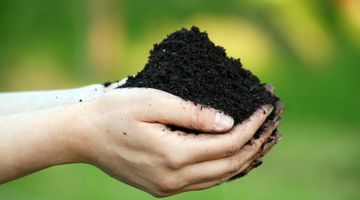
We rely on the land to provide the country with food, mineral resources and places to build our homes and industries, but all these uses can put a strain on the land and affect the soil itself ...
READ MORE
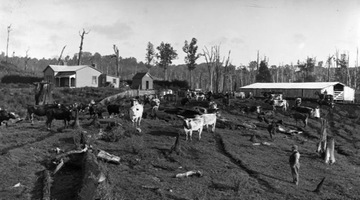
Since humans first arrived in New Zealand, we have had a significant impact on the environment – affecting and protecting the natural world around us. How have we left our mark on our land, our ...
READ MORE
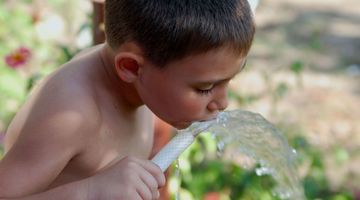
In this activity, students investigate the issues surrounding water in their local area and relate this knowledge to water issues in other countries. By the end of this activity, students should ...
READ MORE

In this activity, students research three aspects of biodiversity loss – direct species loss, habitat loss and pests and weeds. Rights: Lara Bieleski Coastal biodiversity An example of the ...
READ MORE

Te mana o te wai describes the first right for water being with the water – rivers, lakes and streams as well as the ocean. After human water uses, there must be enough natural flow remaining to ...
READ MORE

Be part of a worldwide movement and use Global Earth Challenge to submit or classify photos to help our planet’s environment and human health. Global Earth Challenge is a citizen science campaign ...
READ MORE

Litter is everywhere – but how much is there, and why does it matter? Litterati is an online citizen science (OCS) project that allows participants to photograph, upload and tag litter in their ...
READ MORE
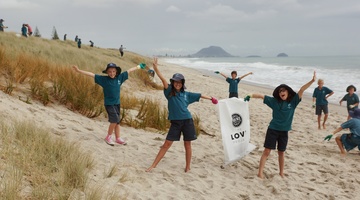
Litter Intelligence is a long-term programme run by Sustainable Coastlines in collaboration with the Ministry for the Environment, Department of Conservation and Statistics New Zealand. It aims ...
READ MORE

Freshwater is defined as inland water – springs, streams, rivers, lakes and wetlands. It includes water that is stored in glaciers and under the ground within soil and in aquifers. Freshwater is ...
READ MORE
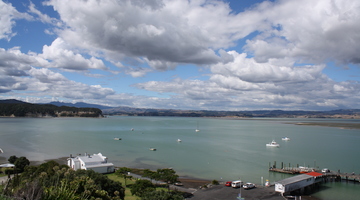
With 75% of New Zealanders living within 10 km of the coast, many students will be familiar with estuaries. In scientific terms, estuaries are the interface between the land and the sea – the ...
READ MORE
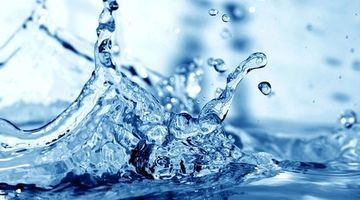
About 70% of Earth’s surface is covered by water. It is found just about everywhere and is the only naturally occurring substance on Earth existing in solid, liquid and gas states. Water is ...
READ MORE
Professor Simon Kingham, from the University of Canterbury, discusses how air pollution can be made up of many components. The size and amount of particulates in the air can give a measure of the ...
READ MORE
ESR scientist Dr Wendy Williamson is developing a method for detecting viruses in the water. She is also monitoring waterways so that a standard for safe drinking water can be developed. The ...
READ MORE
Dr Adrian McDonald tells us why his research on the interaction between atmospheric dynamics, chemistry and climate is important for the development of climate models. Points of interest: Why do ...
READ MORE
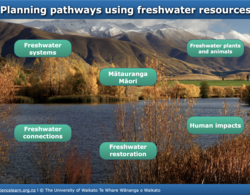
This interactive groups Hub resources into key science and mātauranga Māori concepts. Select here to view further information, the full transcript (with PDF download option) and copyright ...
READ MORE

Use this interactive graphic organiser to explore your personal views and values relating to water. Place each statement card where you feel it belongs. There are no right or wrong answers.
READ MORE
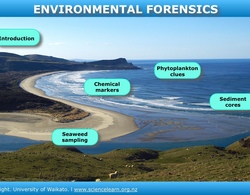
Dr Candida Savage explains the clues she collects in estuaries and fiords, to understand how changes in land use affect these environments. Click on the labels to watch the videos for more ...
READ MORE